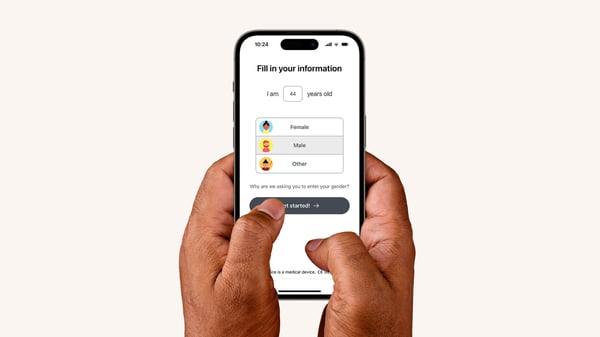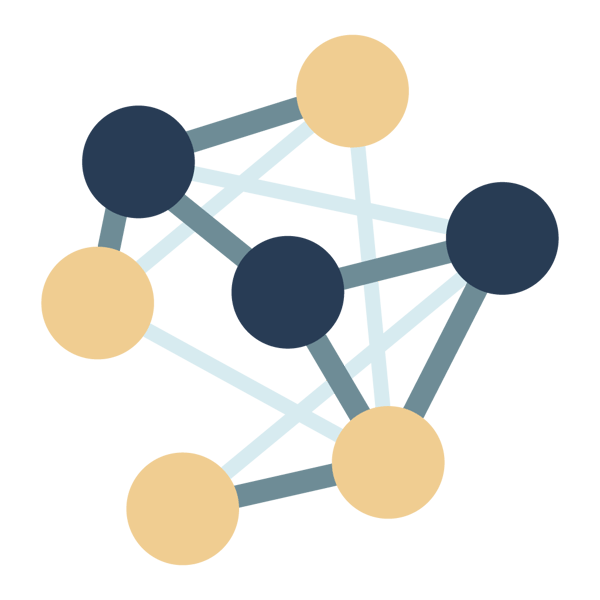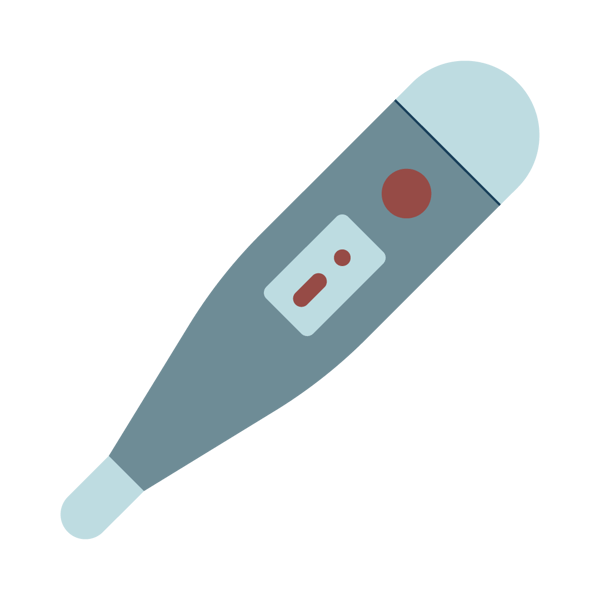
1. Identifying the patient
Patients are identified either via NHS login or SMS generated one time codes. They are then asked to confirm their age and gender - with an explanation about why it is important to ask for gender.

Patient history taking
Patient history taking requires active listening and asking the right questions. Visiba Triage is built to do just that - digitally.
Red Robin, the medical device behind Visiba Triage, is trained to take a structured patient history, much like clinicians, in order to form a hypothesis for an underlying diagnosis.
The chatbot asks relevant questions, based on previous answers in order to suggest potential diagnoses and urgency level.
Patients, or their carers, are not asked multiple, repetitive and irrelevant questions - meaning they are more likely to give a complete and useful history.

Patients are identified either via NHS login or SMS generated one time codes. They are then asked to confirm their age and gender - with an explanation about why it is important to ask for gender.

Patients are asked to enter the symptoms for which they are seeking help in their own words - enabling them to enter multiple symptoms using free text. The AI then matches the free text against recognised symptoms and asks the patient to confirm.

The chatbot then starts to question the patient about their symptoms. Using a probabilistic model which works in the background to continually assess the most likely diagnoses, patients are asked relevant questions based on previous answers to deduce the most likely diagnosis and appropriate urgency.

The patient interface is designed to be easy to use based on Web Content Accessibility Guidelines (WCAG). Patients are given prompts and visual cues to help them to complete their history. At the end of the chat they are told what to expect next.
Joining the dots

Red Robin (the medical device behind Visiba Triage) continuously re-evaluates possible outcomes throughout the interaction. With each response, the system updates its assessment dynamically, ensuring that the evaluation remains relevant as new information emerges.

No two patients are the same, and neither are two interactions. Each consultation is tailored, ensuring that the questions and assessments are adapted to the individual's specific presentation.

Every answer provided by the patient is analysed and weighted against other inputs. This approach ensures that the overall assessment is holistic, taking into account the interplay of multiple factors for a comprehensive evaluation.
Patients today are not patient. A digital triage tool is only useful if patients are able and willing to use it. Visiba Triage's history taking is quick and user-friendly, averaging just 2 minutes and 30 seconds to complete.
of patients who start answering questions submit a case
The questions come from the medical model within the triage engine (Red Robin). It uses a probabilistic model to decide which are the most relevant questions to ask so that it can deduce the most likely diagnosis and urgency. Each question is based on previous answers and likelihood of diagnosis. All of the questions in the model have been reviewed by clinicians to ensure they are easy to understand and relevant.
Our solution is designed for use by patients with new non-life threatening symptoms. As the patient enters the chat they are told to seek help elsewhere if any of their symptoms are life-threatening and if, at any point in the chat, it appears that the condition could be urgent, patients are advised to go to A&E.
Our medical model covers almost 900 symptoms and risk factors, so whilst we can't promise to handle every single symptom, we're sure we can handle most.
The succinct patient summary that goes to the HCP includes all patient answers - positive and negative. This way the HCP is assured that all of the relevant questions have been asked and nothing is missing.